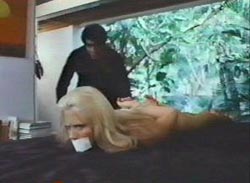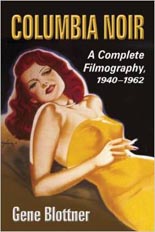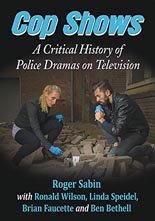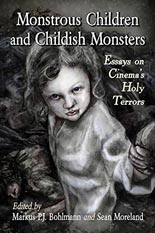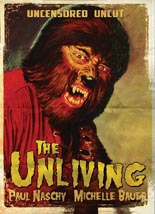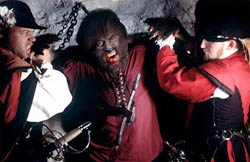
 In 1442, by order of the sultan, the Turkish army enslaved and conscripted 1,000 boys from Transylvania. (Why all the underage soldiers? That’s nobody’s business but the Turks’.) Out of that group, the prologue of Dracula Untold tells, one emerged as a “warrior so fierce”: Vlad the Impaler, not yet known as Dracula, not yet a vampire.
In 1442, by order of the sultan, the Turkish army enslaved and conscripted 1,000 boys from Transylvania. (Why all the underage soldiers? That’s nobody’s business but the Turks’.) Out of that group, the prologue of Dracula Untold tells, one emerged as a “warrior so fierce”: Vlad the Impaler, not yet known as Dracula, not yet a vampire.
In fact, returning to Transylvania as a prince of peace, Vlad (Luke Evans, Fast & Furious 6) is a family man with a wife (Sarah Gadon, Antiviral) and towheaded tot (Art Parkinson, TV’s Game of Thrones). That sweet life comes under threat when Turkish warlord Mehmed (Dominic Cooper, Captain America: The Winter Soldier) comes calling to revive that old “recruitment” process of 1,000 boys, Vlad’s included.
 What’s a dad like Vlad to? Kick Mehmet’s ass. How? By climbing Broken Tooth Mountain, atop which a vampire (an eerie Charles Dance, Alien 3) lives, ready to imbue Vlad with a shortlist of superpowers:
What’s a dad like Vlad to? Kick Mehmet’s ass. How? By climbing Broken Tooth Mountain, atop which a vampire (an eerie Charles Dance, Alien 3) lives, ready to imbue Vlad with a shortlist of superpowers:
1. the strength of 100 men,
2. the speed of a falling star,
3. dominion o’er the night and all its creatures,
4. and good ol’ immortality.
The downside? Just an unquenchable thirst for human blood. Vlad decides to submit to vampirism anyway. Oh, shit, sorry: Spoiler alert.
With his deep-red cape and symmetrical-patterned coat of armor, Vlad 2.0 looks and acts very much like a comic-book hero; ergo, Dracula Untold is his origin story — his birth on Krypton, his bite from a radioactive spider. Here, Vlad is rendered the original “bat man,” morphing his body into a belfry’s worth of bats to leap from one point to another in a fraction of the time. This provides him an upper hand on the battlefield, and us with an admittedly cool effect, surpassed only by an ashes-ashes-all-fall-down finale. Having infected blood proves so advantageous in war that Vlad passes it out to his fellow fighters like frat boys discovering Red Bull (“It’s got wings, bro! Wings!”).
Freshman director Gary Shore does an admirable job of shoehorning plenty of atmosphere into what is first and foremost an FX extravaganza. More commendable, newbie screenwriters Matt Sazama and Burk Sharpless bring a comparatively fresh take on Bram Stoker’s oft-filmed creation. Dracula Untold truly is unlike any other Dracula movie before it because it could get away with dropping the famous name altogether — but what would be the marquee value in that?
With almost all trappings of horror scraped away, the film is an action-laden, sword-slinging fantasy: a fanged 300. It’s also Universal Pictures’ initial step in rebooting its classic monsters for a shared-universe franchise to follow the mighty Marvel template of moneymaking moviemaking. While not so good as to be great — Evans’ flowing locks are more noticeable than his performance — it’s a solid start. —Rod Lott

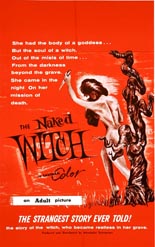
 Maybe I’ve got a thing for 100-year-old widows, because the 59-minute wonder known as
Maybe I’ve got a thing for 100-year-old widows, because the 59-minute wonder known as 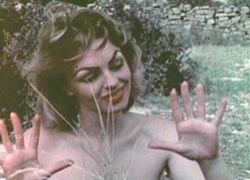
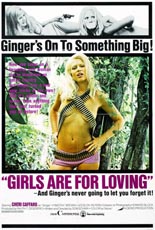
 Ginger McAllister, we hardly knew ye. (And yet it still burns when I urinate.) A mere two years after the sexy(-ish), slutty superspy burst onto the screen in 1971’s
Ginger McAllister, we hardly knew ye. (And yet it still burns when I urinate.) A mere two years after the sexy(-ish), slutty superspy burst onto the screen in 1971’s 